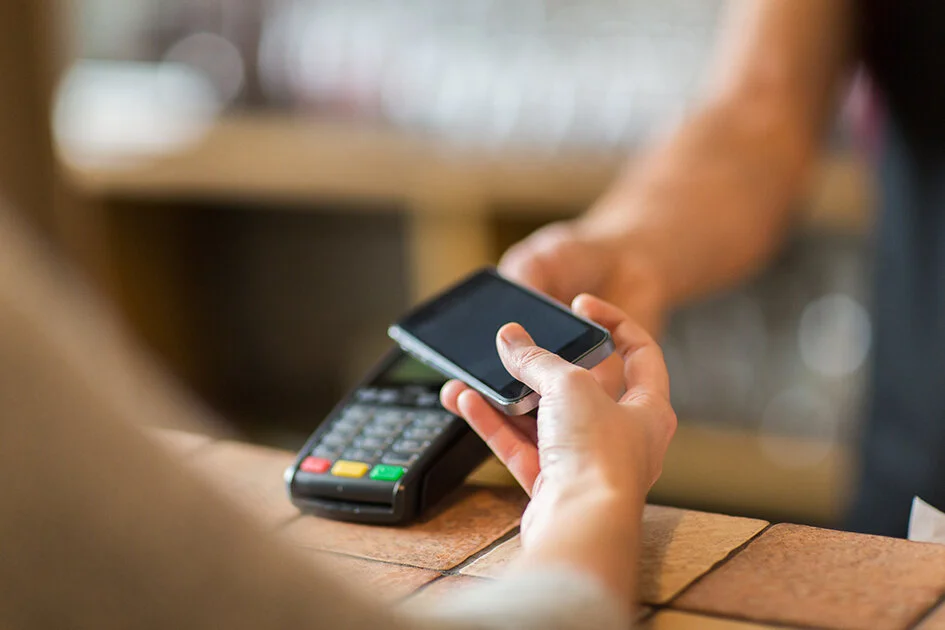Southeast Asia’s social commerce is booming, driven by mobile-first consumers and influencers. With $42 billion in potential by 2025, the region offers massive opportunities for brands. It’s your turn to tap into Southeast Asia's dynamic digital market.
Read MoreThere is no doubt that adding a third-party payment business has become common practice among Chinese internet giants, particularly social commerce apps. E-commerce elements are featured heavily more than ever before in Chinese social media scene.
Read MoreFor Asian tech companies, the battleground of them has expanded into the lifestyle sector. They are scrambling to capture grocery shoppers of all ages. It is noticeable that a new business model that’s getting a lot of funding is that of Nice Tuan, the so-called community group buying. Thus, tech companies are clearly aggressive about online grocery and are diversifying their portfolios to secure market shares.
Read MoreKim Kardashian joins the Little Red Book today. Check out what does it mean for brands in your Chinese marketing strategy.
Read MoreBoycott of GAP started to trend on Chinese social media network Weibo after the company was found selling a T-shirt with an incorrect map of China.
On May 14th, a post on Chinese social media network Weibo by @Tangfener with pictures of a GAP T-shirt caused huge discussion as a Chinese map on the T-shirt was found “incorrect” with some Chinese-claimed territories, including south Tibet and the island of Taiwan being omitted. The user said the photo was taken at an outlet store in Canada and satirized the brand, saying that GAP would have big trouble if the T-shirt was released in Chinese market.
Read More





